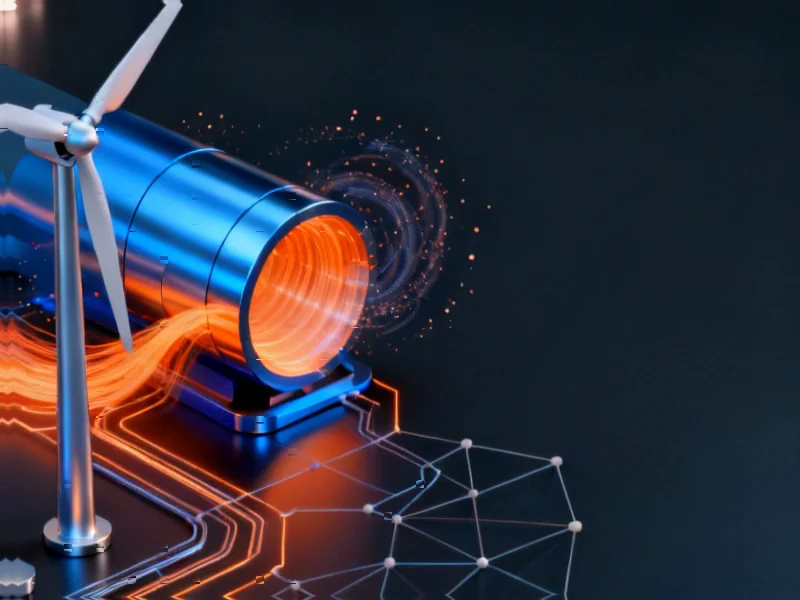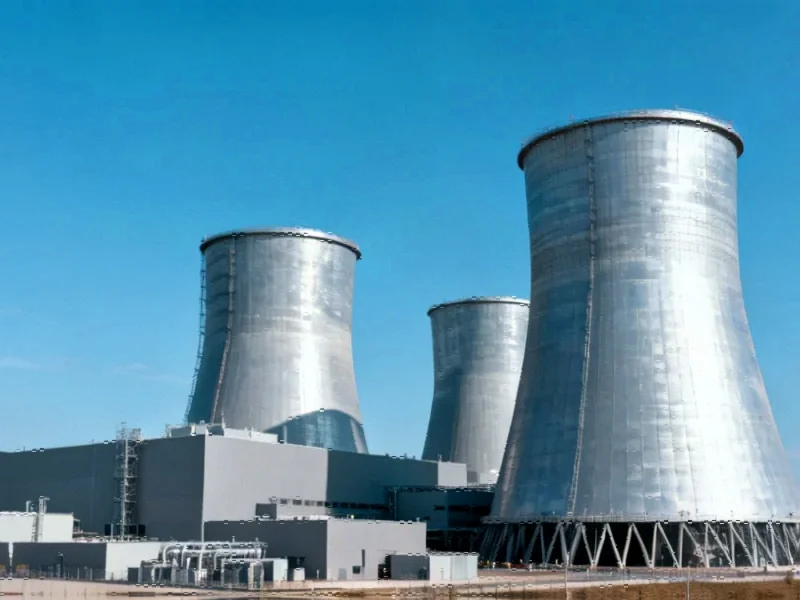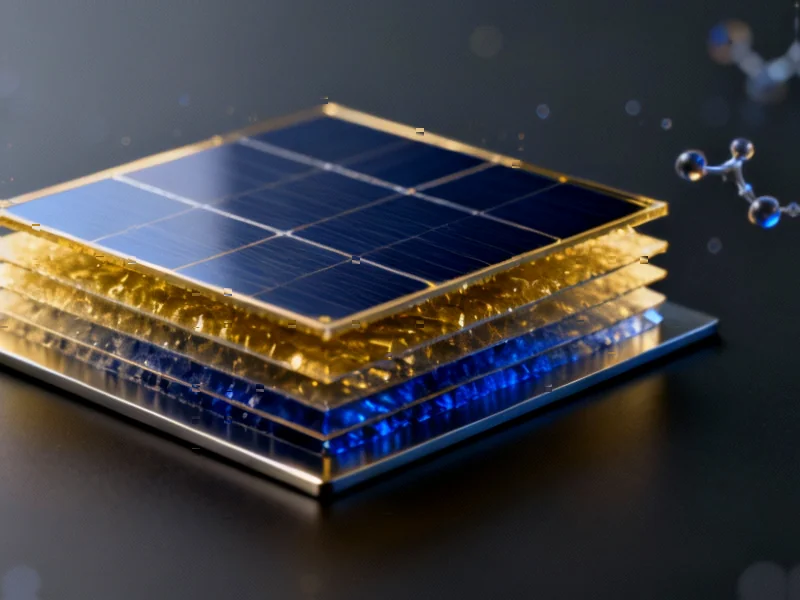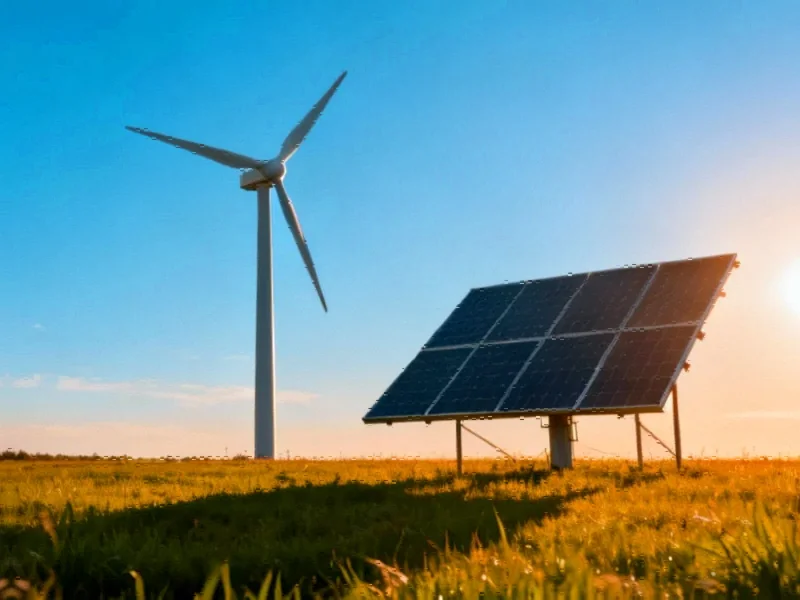Unprecedented Innovation in Wind Energy Storage
The global transition to renewable energy has reached a critical juncture, with long-duration energy storage (LDES) emerging as the breakthrough technology enabling wind power’s full potential. According to Appleyard Lees’ latest analysis, patent filings for LDES technologies specifically designed for wind energy applications have more than doubled between 2019 and 2022, surging by 104% compared to the previous five-year period.
Table of Contents
- Unprecedented Innovation in Wind Energy Storage
- The Storage Revolution Outpacing Turbine Development
- Addressing Wind Power’s Fundamental Challenge
- Global Innovation Hotspots and Strategic Positioning
- Parallel Innovation in Offshore Wind Foundations
- The Future Grid: Storage-Dependent and Wind-Powered
The Storage Revolution Outpacing Turbine Development
While wind turbine technology has reached a plateau in patent activity, energy storage innovations are experiencing explosive growth. This shift signals a fundamental change in renewable energy priorities—from generating clean power to effectively managing and distributing it. The 104% increase in LDES patents dramatically outpaces the 47% growth seen in the previous five years, indicating where investors and innovators are placing their bets for the future of renewable energy., as earlier coverage
Paul Beynon, UK & European Patent Attorney at Appleyard Lees, emphasizes this transition: “We’re witnessing a new phase of innovation focused on deploying, scaling and integrating storage solutions for wind power generation into power grids. This represents the maturation of renewable energy from standalone generation to integrated grid solutions.”
Addressing Wind Power’s Fundamental Challenge
The rapid development of LDES technologies directly addresses wind energy’s most significant limitation: intermittency. By storing surplus wind energy during peak generation periods, these systems provide a more predictable power supply that reduces reliance on fossil fuel backup systems. The technology fundamentally changes wind power from a supplemental energy source to a reliable baseload contender, while simultaneously limiting the risk of partial power loss (brownouts) during low-wind periods.
Jordan Tinkler, European Patent Attorney at Appleyard Lees, notes: “As general wind-related patent filings continue to plateau—pointing to more mature technologies and saturated markets—LDES is emerging as a cornerstone technology to achieve a renewable-centric power grid. With wind power capacity growing globally, this will increase the demand for long-duration storage to manage the intermittency of power supply and grid reliability.”
Global Innovation Hotspots and Strategic Positioning
The race for LDES dominance reveals interesting geographic patterns and strategic priorities:, according to related coverage
- United States Leadership: Despite wind power accounting for only about 10% of its electricity generation, the US leads in LDES innovation and patent filings, suggesting strategic positioning for future energy markets.
- European Consistency: European nations maintain second place with steady upward trends in patent activity, likely driven by comprehensive renewable energy policies and climate commitments.
- China’s Strategic Shift: China’s later entry into LDES innovation indicates a deliberate move beyond pumped hydro storage toward more advanced technological solutions.
- India’s Emerging Presence: Recent data shows increasing patent activity from India, supporting its ambitious target of 500 GW of non-fossil fuel-based power generation by 2030.
Parallel Innovation in Offshore Wind Foundations
While LDES captures attention for grid integration, offshore wind infrastructure is undergoing its own quiet revolution. Patent filings for monopile technology—the most common method for securing offshore wind turbines to the seabed—have reached record levels, climbing from 26 filings in 2020 to 42 in 2023.
This innovation wave responds to the increasing size and weight of modern wind turbines, which demand larger and stronger foundations. The Netherlands has emerged as the innovation leader in this sector, with companies like CAPE Holland developing groundbreaking installation technologies that enable monopiles to sink using gravity, significantly reducing underwater noise pollution that disrupts marine ecosystems.
The Future Grid: Storage-Dependent and Wind-Powered
The convergence of these innovation trends points toward a fundamental restructuring of global energy systems. As wind power capacity continues to expand—accounting for over 25% of electricity from renewable sources in 2024—the value proposition shifts from generation capacity to storage capability. The countries and companies leading in LDES innovation today are positioning themselves to dominate the energy landscape of tomorrow, where the ability to store and manage renewable energy may prove more valuable than the ability to generate it.
The question remains which nation will ultimately lead this storage revolution, but the patent data clearly indicates that the future of wind energy no longer depends solely on better turbines, but on smarter systems to harness their full potential.
Related Articles You May Find Interesting
- The Strategic Shift: Why Savvy Investors Are Betting on MedTech’s Accelerated Gr
- Navigating Economic Uncertainty: How the Debasement Trade Strategy Shields Portf
- Fintech Leader Dismisses AI Hype, Says Customers Only Care About Solutions
- Britain Launches Pro-Innovation AI Sandbox Strategy to Boost Economic Growth
- Beyond the AI Hype: How Nubank’s Customer-First Strategy Built a $50B Fintech Em
References & Further Reading
This article draws from multiple authoritative sources. For more information, please consult:
This article aggregates information from publicly available sources. All trademarks and copyrights belong to their respective owners.
Note: Featured image is for illustrative purposes only and does not represent any specific product, service, or entity mentioned in this article.



